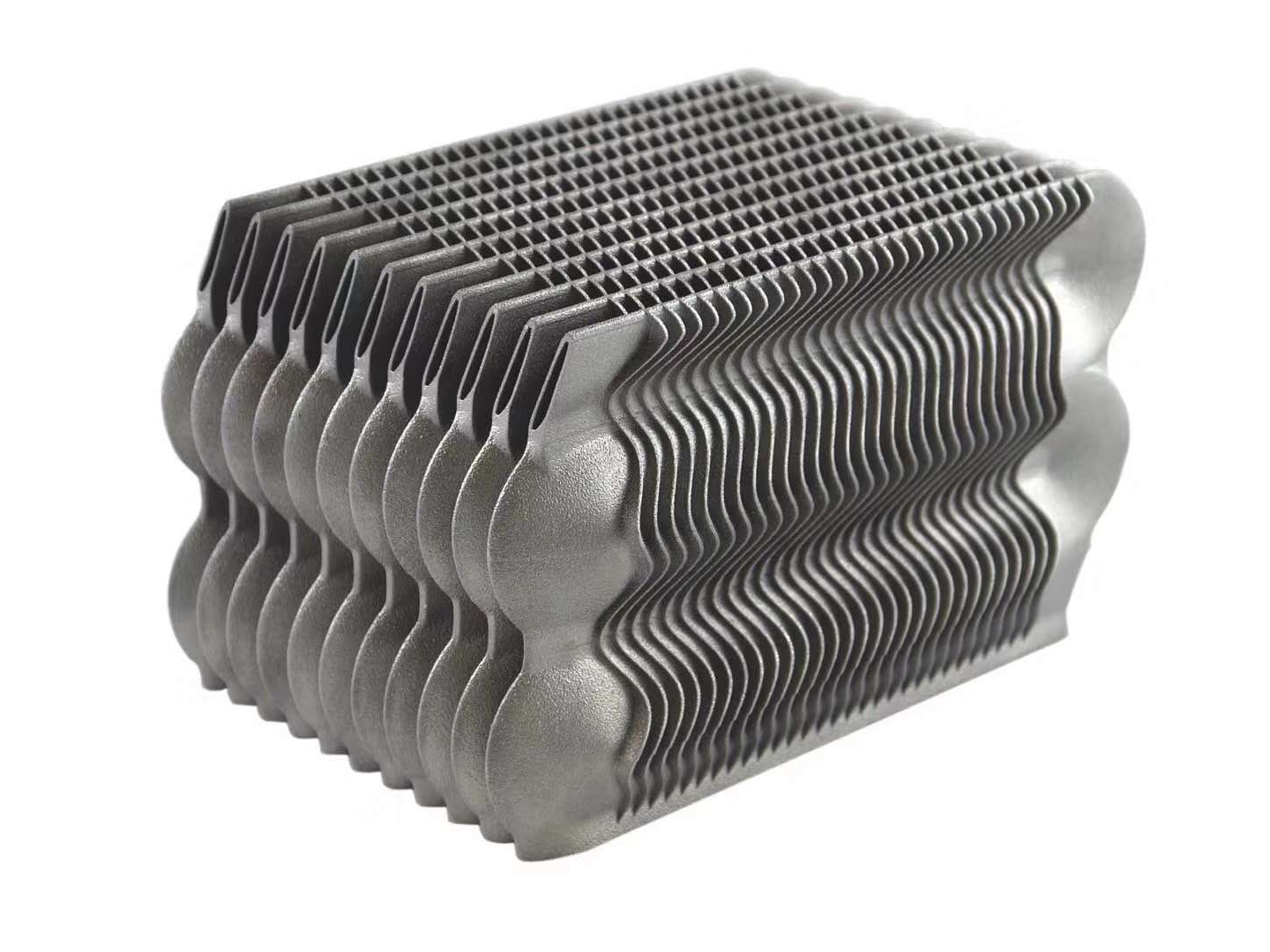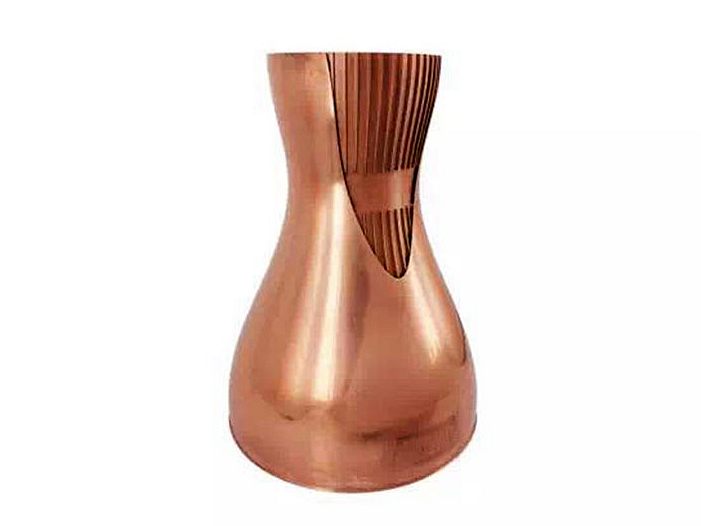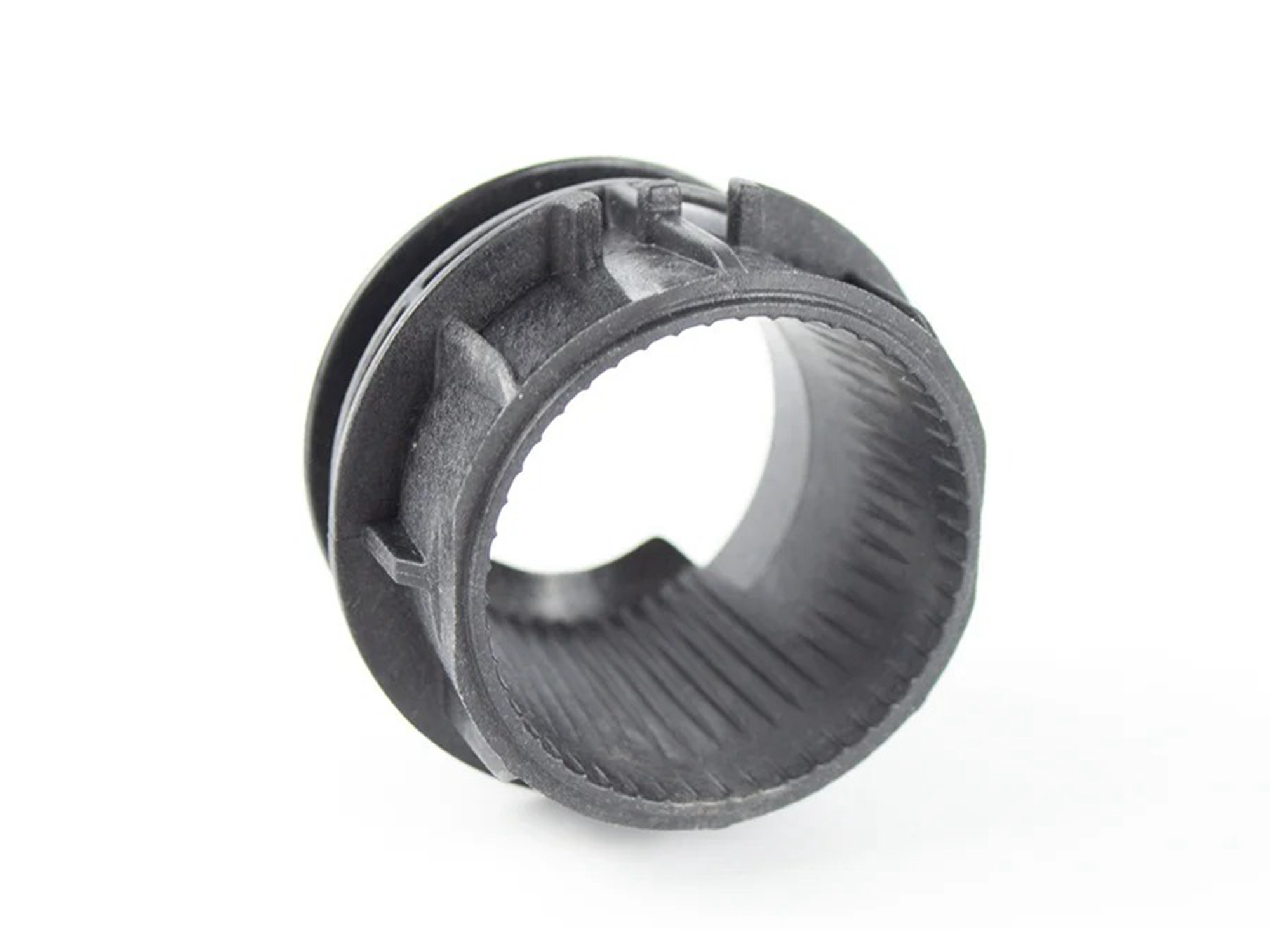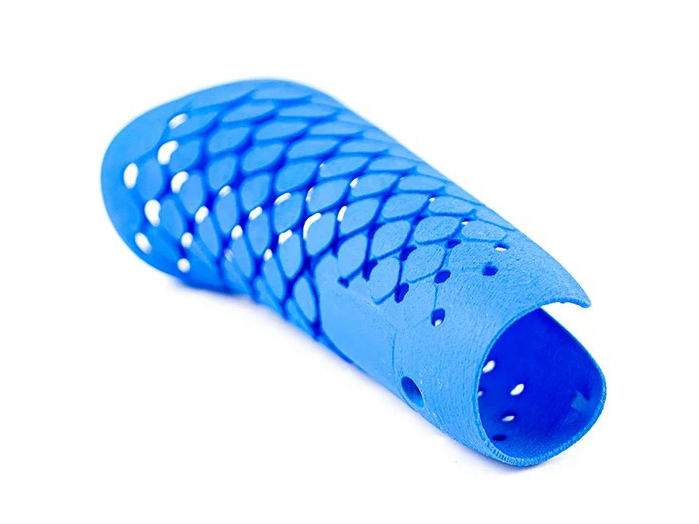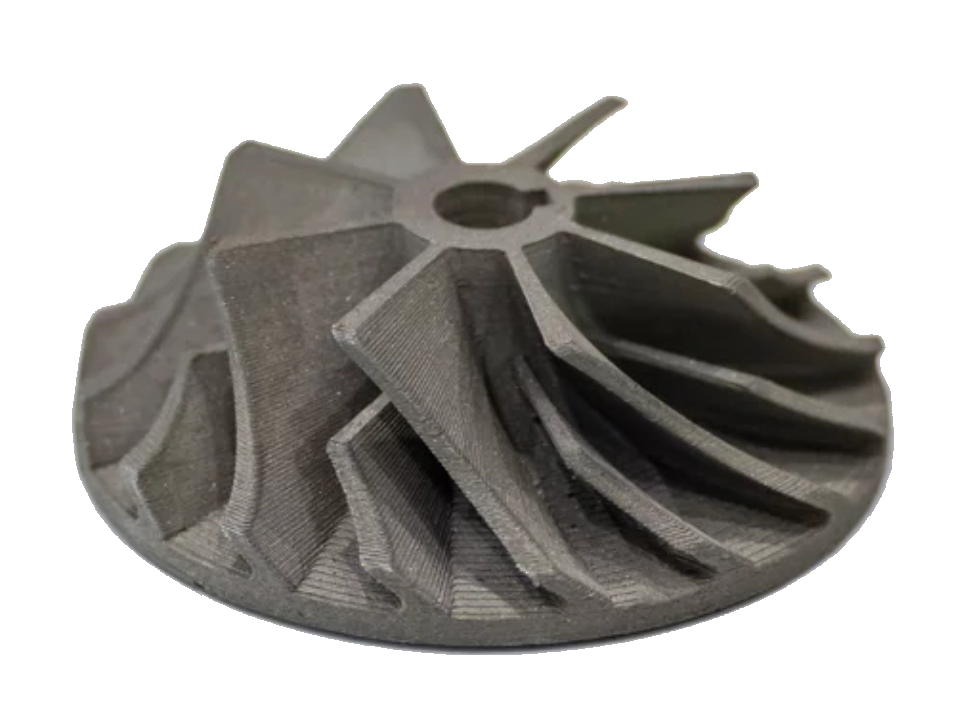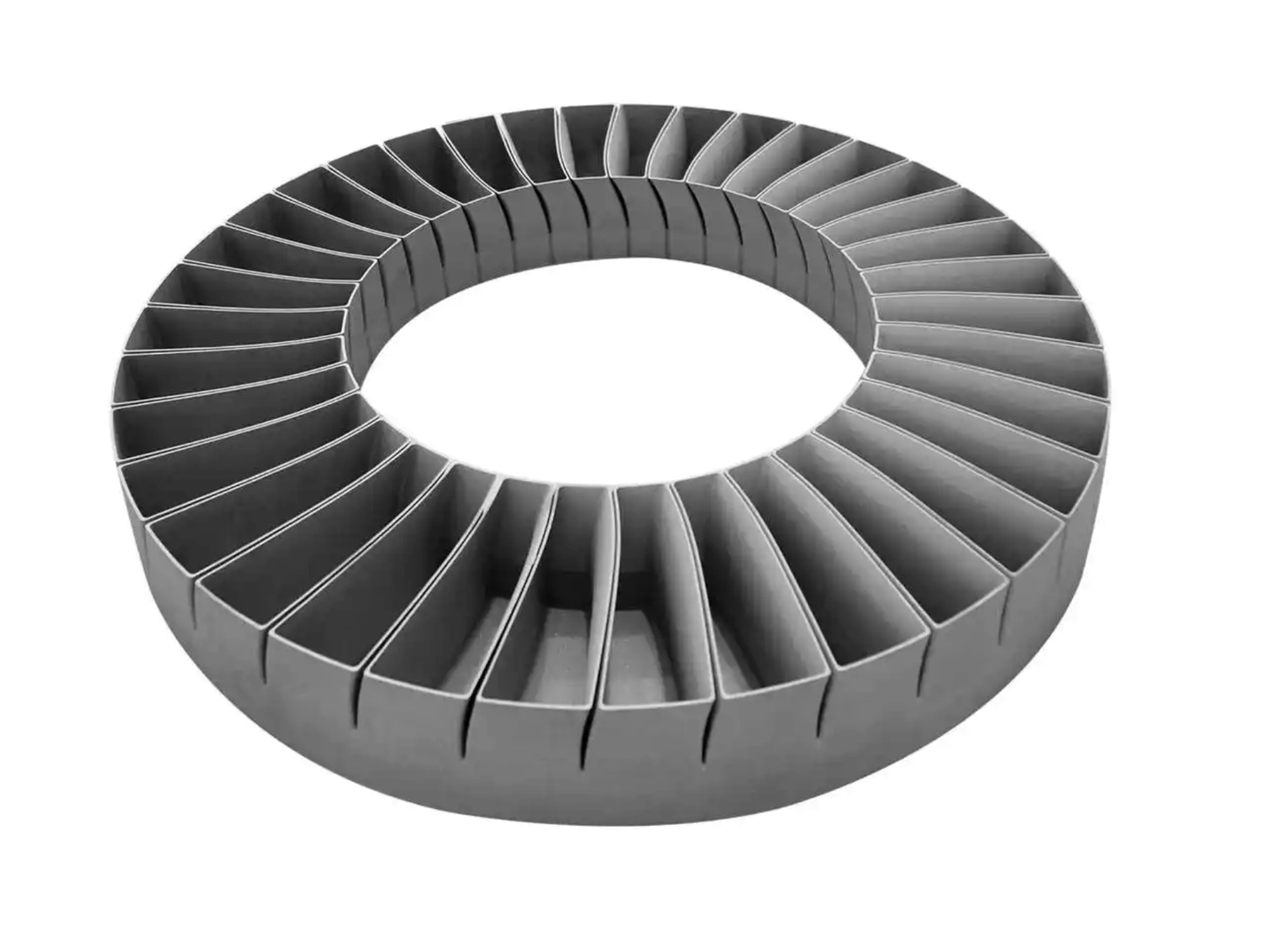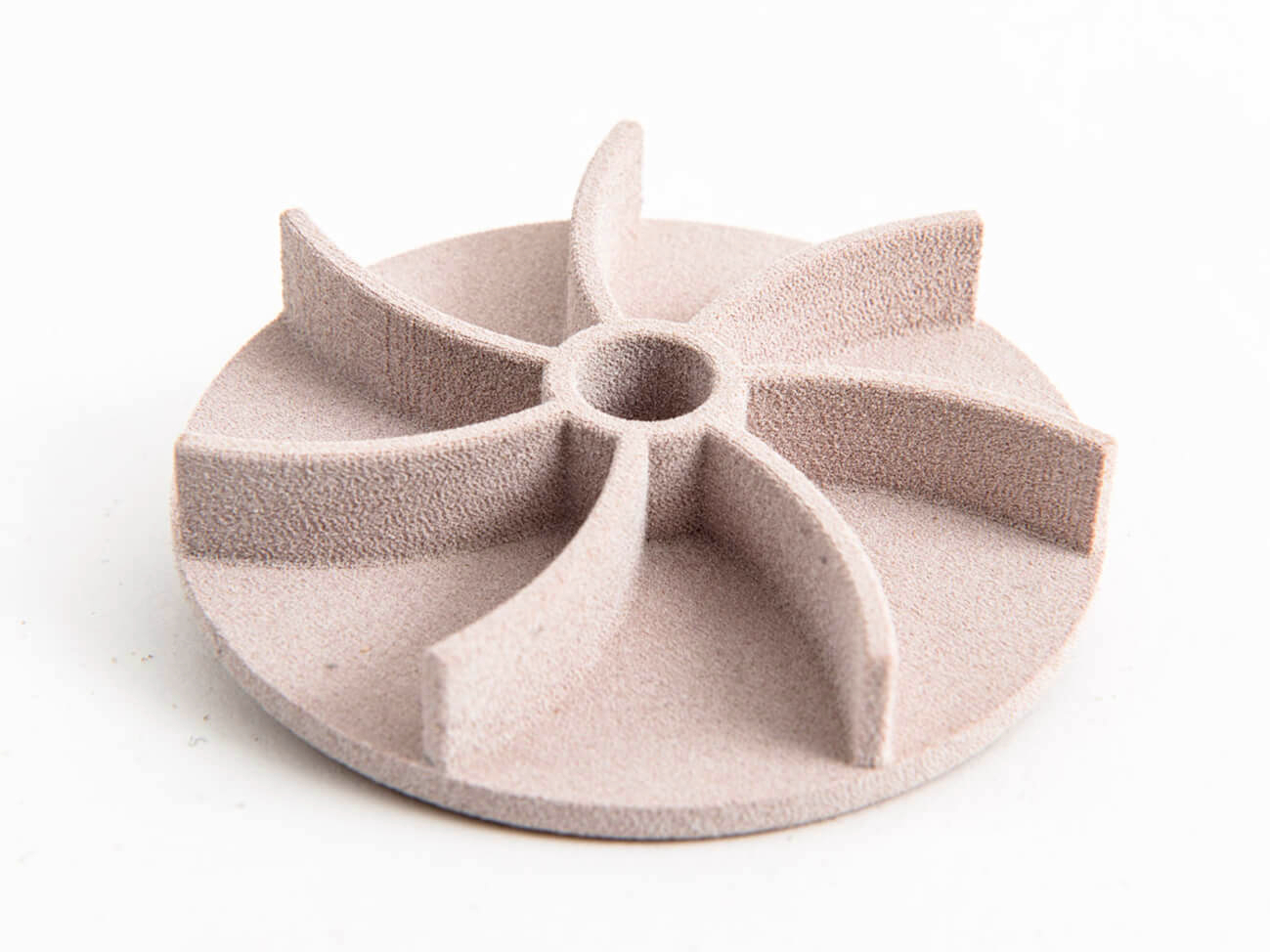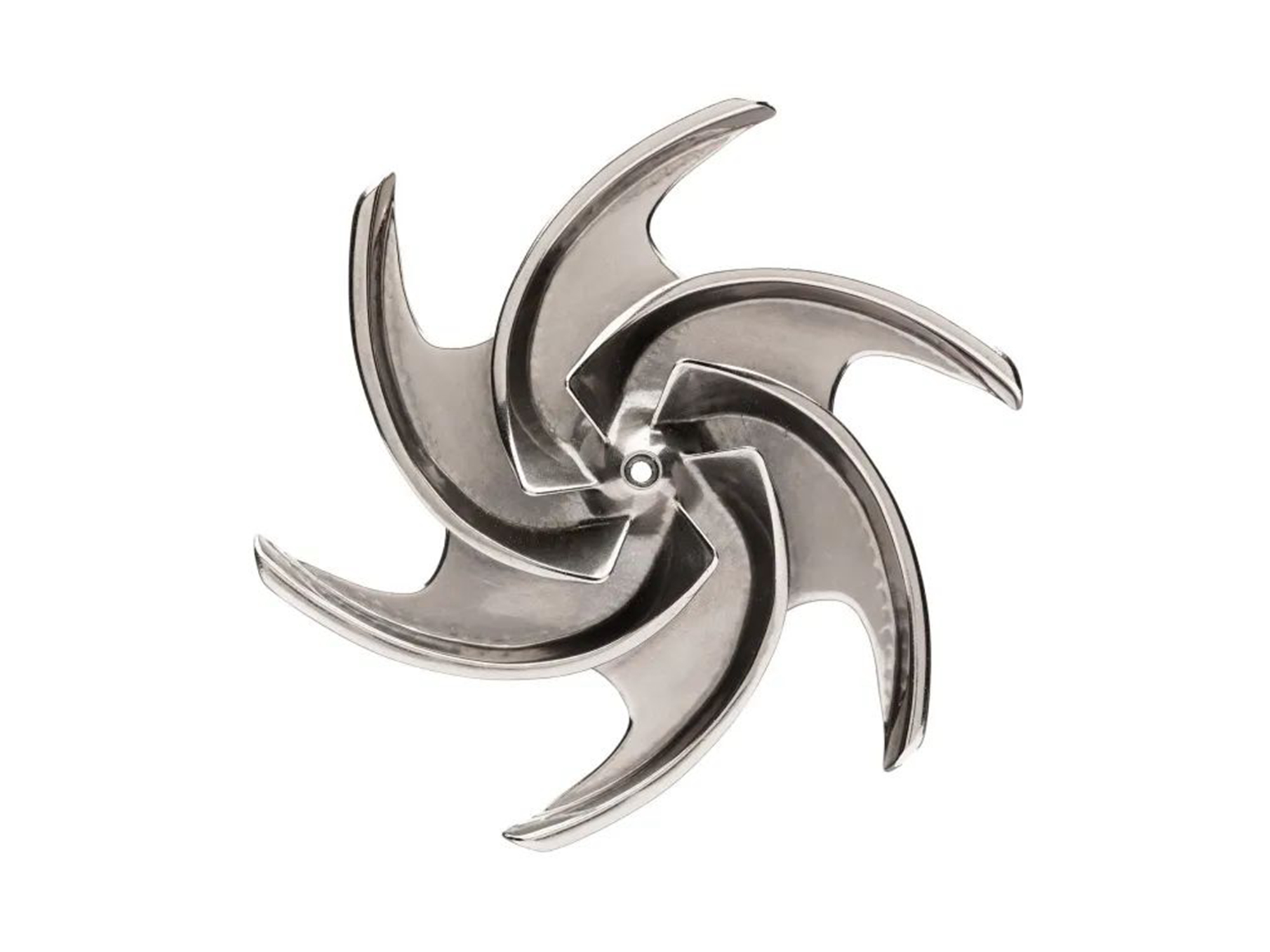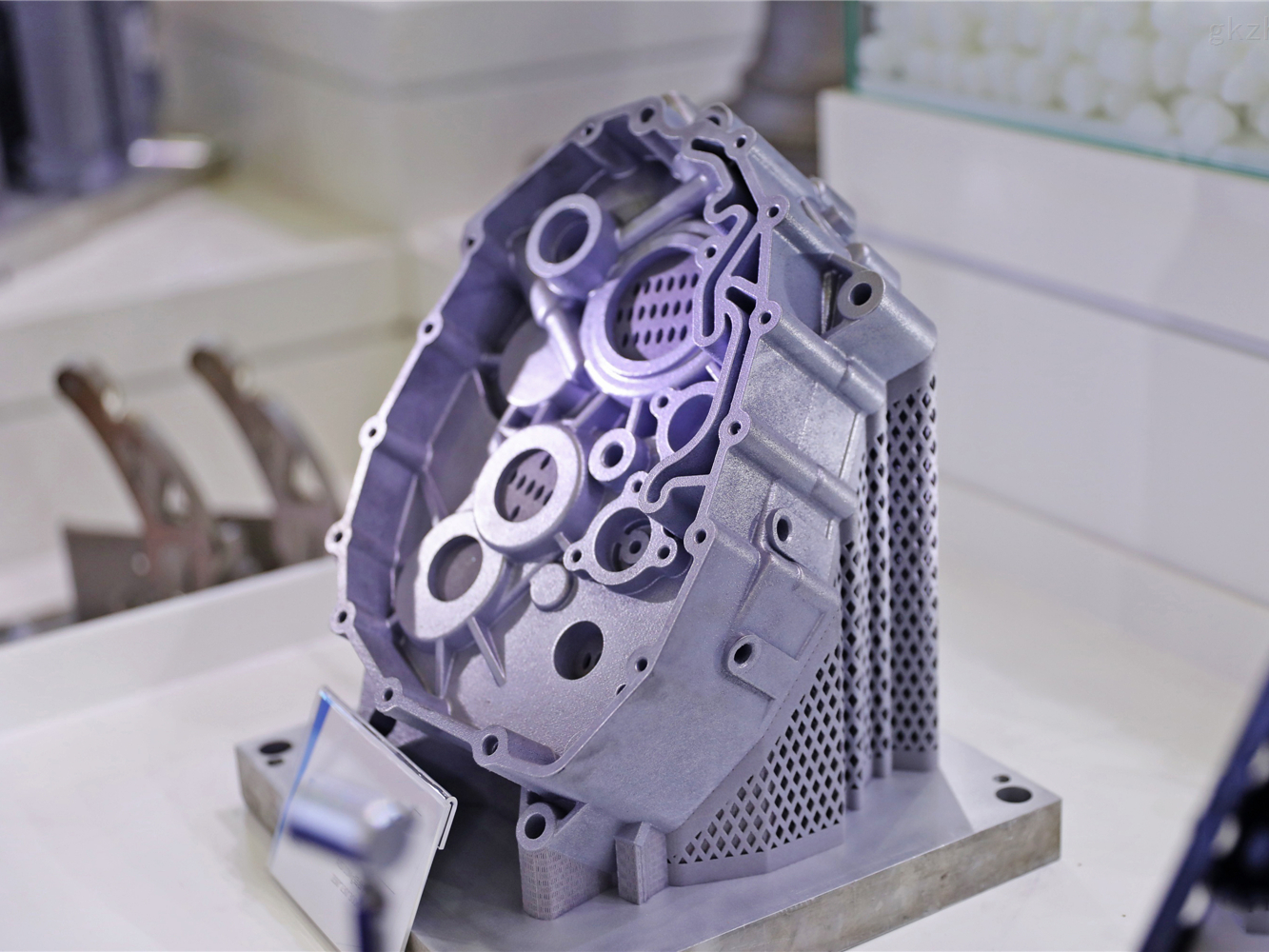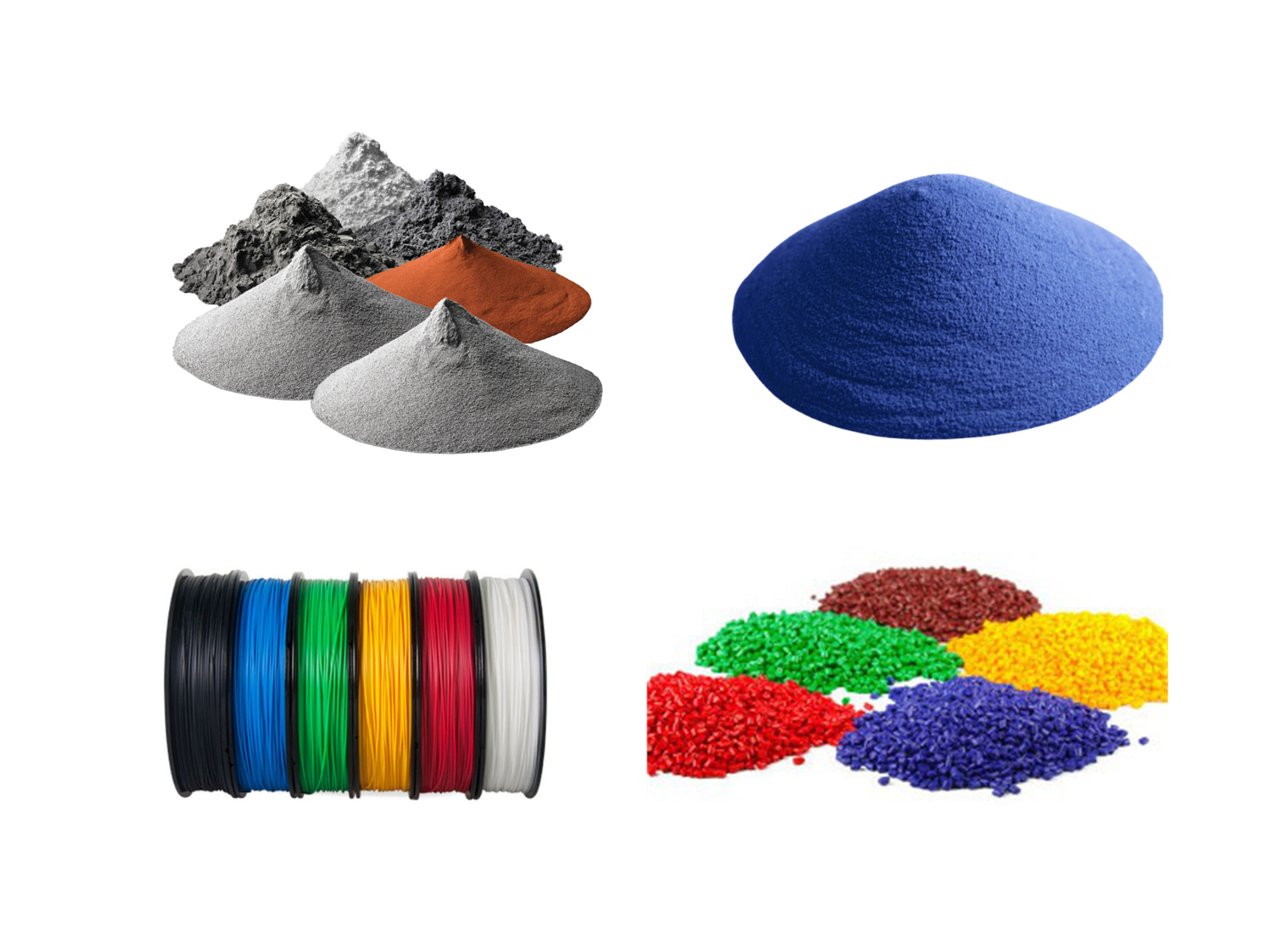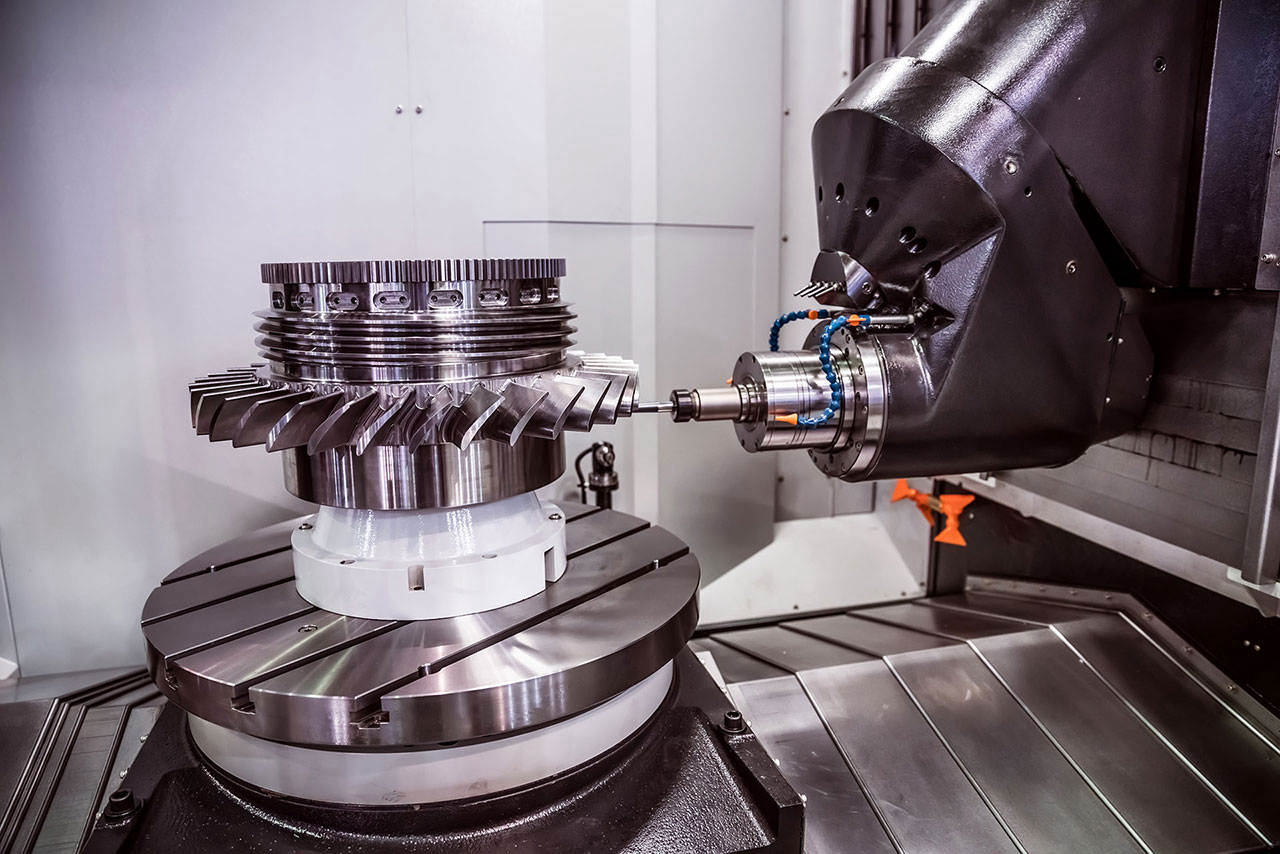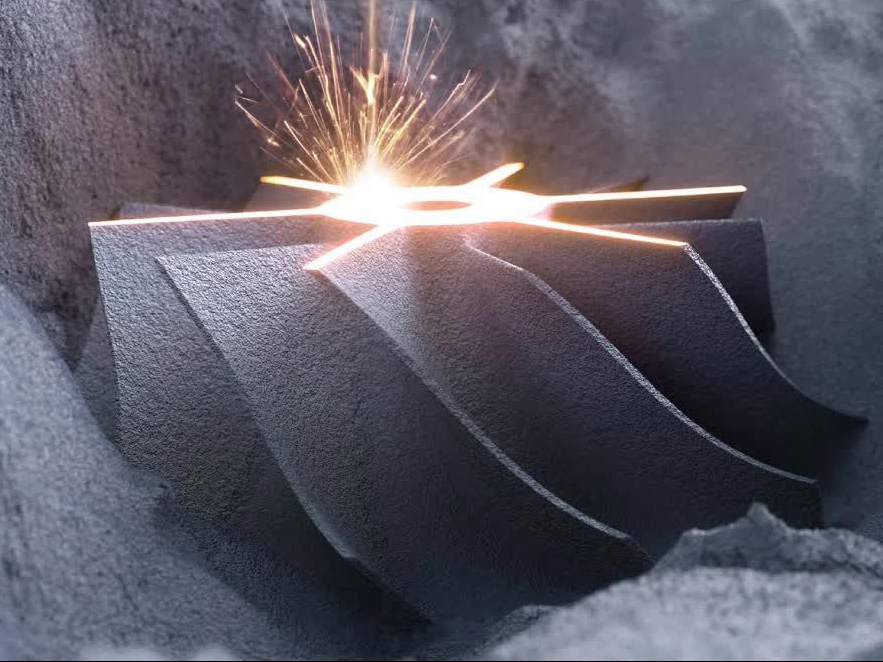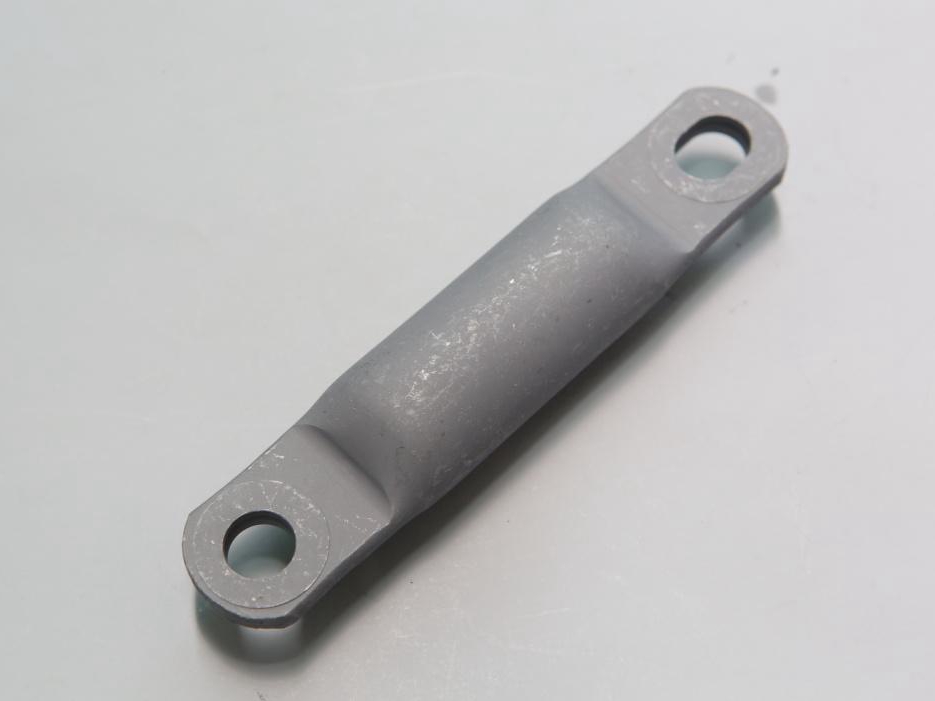Automotive Parts Prototyping
Online Automotive Parts 3D Printing Service
Transform your ideas into reality with our Online Automotive Parts 3D Printing Service! High-quality materials, precise designs, and fast delivery. Perfect for prototypes, replacements, and custom parts. Simplify your workflow—order online and accelerate innovation today!
- Lighter Parts, Higher Efficiency!
- Complex Designs, Simplified Manufacturing!
- Less Waste, More Innovation!
- Faster Prototypes, Smarter Solutions!
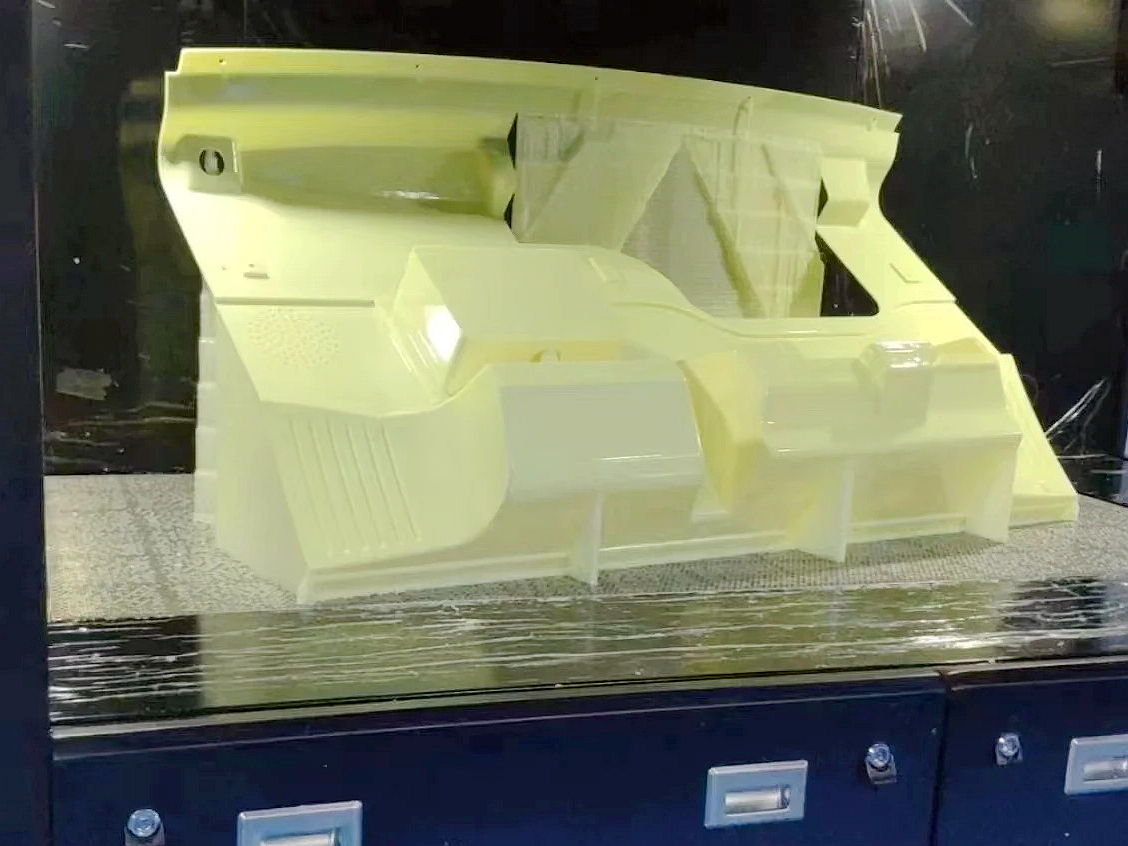
3D Printing in Automotive Parts Manufacturing
3D Printing in Automotive Parts Manufacturing enhances design flexibility, reduces production time, and enables lightweight, high-performance components. Using materials like metals, plastics, and composites, it produces custom parts, prototypes, and tooling with precision. Applications include engine components, brackets, interior parts, and aerodynamic structures, optimizing efficiency and innovation in the automotive industry.
Benefits of 3D Printing In Automotive
3D printing in automotive revolutionizes design and production by accelerating prototyping, enabling customization, reducing costs, and supporting complex geometries. This innovative approach boosts performance, efficiency, and market differentiation for vehicle components.
Material Solution for Automotive Parts 3D Printing
Revolutionize automotive manufacturing with our premium 3D printing materials! From superalloys to resins, achieve unmatched strength, precision, and durability. Perfect for engines, interiors, and more. Explore cutting-edge solutions tailored for automotive excellence. Drive innovation today!
Post Process for 3D Printed Automotive Parts
Enhance the performance and precision of your 3D printed automotive parts with advanced post-processing techniques. From CNC machining to heat treatment, EDM, HIP, and surface coatings, we provide the finishing touches for optimal strength, durability, and efficiency.
3D Printing Process Solution
Explore a range of advanced 3D printing processes like Material Extrusion, Vat Photopolymerization, Powder Bed Fusion, and more. Perfect for precision, durability, and innovation in your manufacturing, prototyping, and design projects. Transform your ideas into reality!
Case Study
Let's Start A New Project Today
